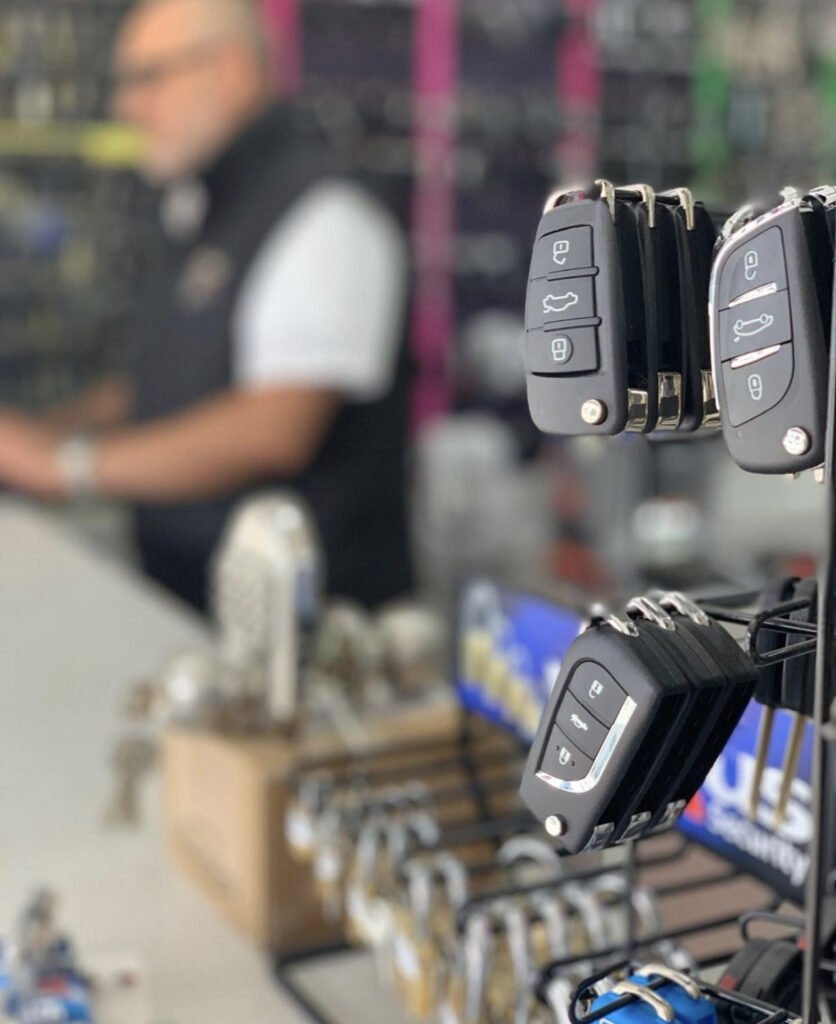Automotive Diagnostics
There are many different types of diagnostic tools available for automotive use. They include back-pin probing as well as pattern recognition algorithms. In addition to identifying the failure of components, these diagnostic tools can assist you in communicating with a remote assistance facility. These tools are essential in ensuring that your car is safe driving.
Warning system for component failure
Modern vehicles are equipped with numerous electronic and internal systems that are able to monitor the performance of the vehicle. A malfunction could trigger these systems. When a component of the vehicle fails to function properly, it will issue an alert signal to let the driver know about the problem. Some warning lights indicate an issue that is minor, such as the gas cap being loose. Other warning lights could be a sign of a more serious issue.
A system that detects malfunctions may keep information that can be used to help a technician diagnose the problem and then fix it. The repair technician will be able to quickly fix the issue if the issue is discovered early enough. By following the tips an owner of a vehicle can enhance its security and lower the cost of maintenance.
Modern vehicles come with an onboard computer diagnostics system that constantly examines all major functions and systems. It also monitors fuel efficiency and harmful emissions. When a component fails an alert light will flash on the dashboard. This system, dubbed OBD, is used on personal vehicles, trucks and commercial vehicles. It is now an industry standard and makes diagnosis much simpler.
over at this website are issued in the form of Diagnostic Trouble Codes, or DTCs, and are the result of a diagnostic procedure that determines the root cause of a problem. Diagnostics involves research into details about the vehicle's service, pin-point testing on the vehicle, and inspecting affected areas. To identify the problem with your vehicle it is essential to comprehend the meaning of these codes.

Communication between an automobile and a remote assistance facility
Remote assistance systems can only work with your vehicle if there is the ability to communicate with it. Vehicle-to-vehicle (V2V) communication is a technique used to connect with other vehicles and exchange information wirelessly. This technology permits the transmission of messages that are omnidirectional up to 10 times per second. It helps vehicles keep an eye on their surroundings in 360 degrees. It also gathers data from nearby vehicles to alert drivers about the possibility of accidents. These systems can also employ audible and tactile alerts to aid drivers in avoiding accidents.
Back-pin probing
Back-pin probing can be described as a technique in automotive diagnostics that utilizes a sharp pin to connect with connectors in the automotive. These probes are able to be used on any vehicle model and are usually inexpensive. They are useful for making live circuit measurements without causing damage to connectors. This avoids the need of puncturing wire insulation.
Many technicians prefer back-probing to diagnose automotive problems. It is more convenient than the process of piercing wire insulation. These tools can be inserted into automobile connectors by using a variety of tips. Many specialty back-probes have a small diameter which reduces the force that is applied to the connector.
A majority of automotive diagnostic kits have several connectors and probes such as banana plugs and alligator clips. Some kits include various test kits. These kits let you quickly and easily look for any issues that could be present in your vehicle's electrical system.
Back-pin probing could be one of the most effective methods to test automotive connectors. It allows you to quickly connect or disconnect the test leads. Another advantage of this method of diagnosing is that it's cost-effective. This method can save a lot of time, work as well as money.
On-board diagnostics
On-board diagnostics in automotive systems provide drivers with crucial information about the health of their vehicle. They can also be alerted that their vehicle is in need of repair or maintenance. This technology can increase the efficiency of fuel and also improve reliability. This technology can be utilized to enhance safety and engine performance by car manufacturers. These systems also help drivers save time and money by allowing them to view how their vehicle is performing without needing to visit a mechanic.
Before the introduction of standard on-board diagnostics, manufacturers developed their own systems. The first versions of the system used their own connectors, electronic interfaces, and custom codes to report problems. Volkswagen and Datsun introduced the first systems in 1968 and 1978. The Society of Automotive Engineers (SAE) eventually mandated all cars to have the technology. California also mandated that all vehicles must have on-board diagnostics by 1994.
On-board diagnostics systems have become so sophisticated that they are able to match the computing capabilities of a desktop computer. They can communicate with numerous medium-speed networks and process massive amounts of data. Additionally, the majority of on-board diagnostics systems are equipped with a vehicle speed sensor that can detect roads that are rough. The sensors are incorporated into the engine control unit of the vehicle, or ECU.
If a vehicle's engine is experiencing problems it is possible that the OBD system will detect the issue and illuminate an alert light in the instrument cluster. Once it is able to identify the issue, the OBD system will store the diagnostic trouble code. A mechanic is able to connect a scanner to the OBD connector beneath the dashboard to examine the trouble code. A mechanic might not be able to read a trouble code, but it could help him determine the cause of the issue.
